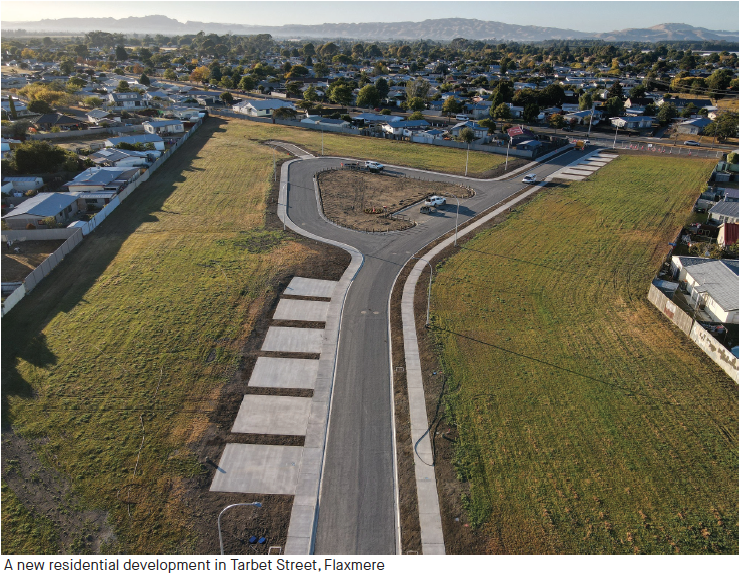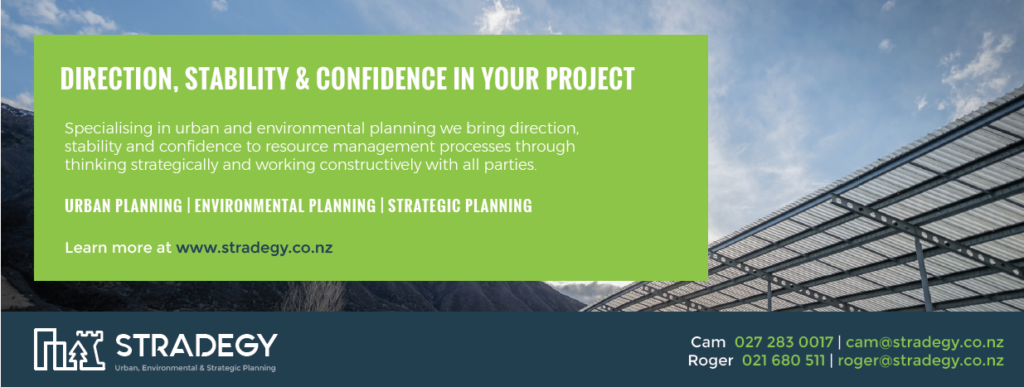To be blunt, like the rest of New Zealand Hawke’s Bay is flat out. Demands on planning and land development are high, with long lead in times for consultant support, and even higher demands on Council consenting, fuelled by low interest rates, high housing demand (social housing, and new housing – greenfield and infill and reinvestment in existing homes), along with new industry and commercial activities establishing in or relocating to our region.
It seems crazy that this demand is so great considering supply chain issues and increasing costs across all aspects of the development process, with other professional services such as engineering, surveying, and architectural providers also at capacity. For housing this high-level of demand has been confirmed by the jointly prepared ‘Housing Development Capacity Assessment 2021’, by Napier City Council, Hastings District Council and the Hawkes Bay Regional Council, as required under the National Policy Statement on Urban Development (NPSUD). This is the same legislation that has recently removed rules requiring onsite car parking, and has enabled fast-tracking of three or more houses on a site – but not in Hawke’s Bay. The capacity assessment quantifies housing demand and supply capacity under short, medium, and long term scenarios (long term being 2050).
The capacity assessment suggests the current planning provisions allow capacity for an extra 5450 new dwellings in Hastings and 14,000 in Napier by 2050 – concluding that Hastings can meet short term housing demand, whilst Napier is ok through to 2050. That is assuming adequate infrastructure, such as roading, water supply, stormwater and wastewater is provided, however delivering these services is also confronted by technical capacity and supply chain issues. These projected supply figures look good on paper and the efficiency benefits of intensification are recognised across the planning industry. The reality is however that intensification alone will not resolve the current housing supply shortfall. The elephant in the room however is the current housing backlog, which is not quantified in the study. Whilst future projections look positive, what about the now? – especially given that the Bay is already well behind the 8-ball.
The effects of this backlog are reflected in Hawke’s Bay residential rental increases of 14% in the last year, the highest regional annual rent increase in the country (as reported by NZME). Alongside this is the delivery of infrastructure and wider infrastructure upgrades to accommodate new development. We can obtain approvals for new development, but these sit there awaiting the installation of infrastructure. In my view, what is needed is the effective use of the fast-track planning processes available under the Resource Management Act. We need to promote re-zoning and/or consenting for development on the multiple small pockets of land already identified as suitable for ‘future urban’ development, but we need to do it now. Many of these areas, on the perimeter of our existing urban areas, can be readily serviced and accessed and do not warrant the same Structure Planning rigour needed for large greenfield development.
As I write this a new headline appeared from Westpac economists ‘the housing market boom is over’, – due to high inflation and tighter monetary control. What this means to me is that the ability and drive of the market to address Hawke’s Bay’s housing backlog will become constrained, and without taking bold action to increase supply, we will not have the ability to house those that are most in need, and realising the ‘enabled capacity’ that has been projected may well prove to be an unachievable goal.



